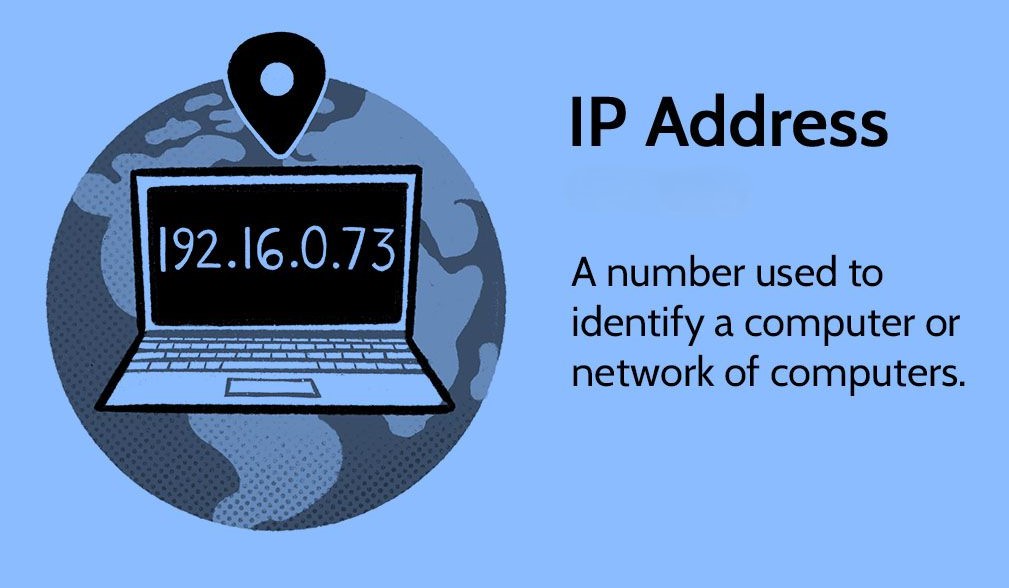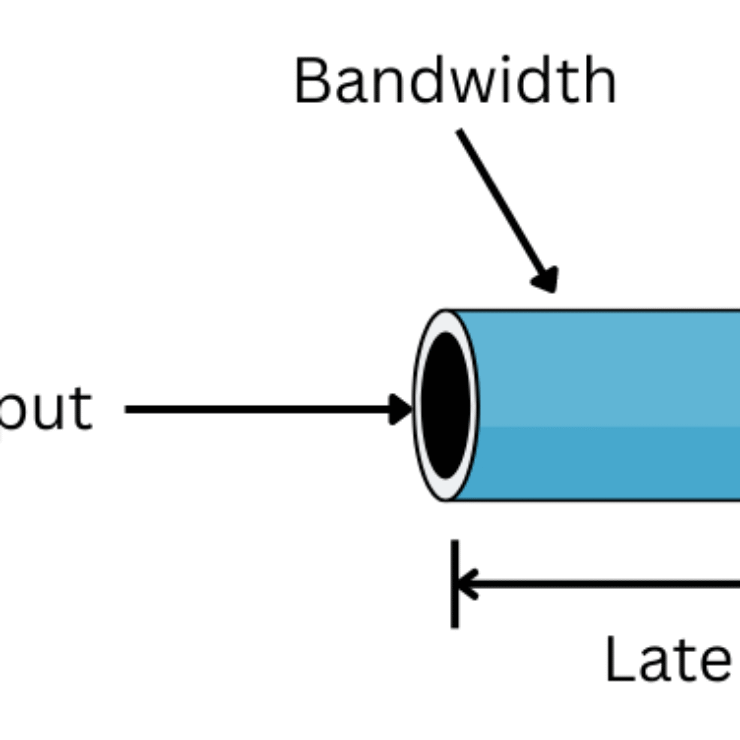The internet is vast, and behind every click, there’s a system working tirelessly to make sure information travels efficiently. At the heart of this system is IP or Internet Protocol. But what exactly is IP, and how does it work? In this blog post, we’ll break down the essentials of IP, its various versions (IPv4 & IPv6), and why it’s critical to modern networking.
What is IP?
IP (Internet Protocol) is a set of rules that govern how data is sent and received over the internet. Think of it as the postal system of the digital world. Just like every letter needs a correct address to reach its destination, every device connected to the internet needs an IP address. Without IP, devices wouldn’t know where to send or receive information, making communication over the internet impossible.
How IP Works?
The Internet Protocol operates by taking data, breaking it into smaller pieces called “packets,” and then sending these packets across the internet. Each packet is assigned a destination (IP address), which tells the system where it should go. Once all the packets reach the destination, they’re reassembled to form the original data—whether it’s an email, a webpage, or a video. Each device connected to a network is assigned a unique IP address. This address allows the device to communicate with others, whether you’re browsing the web, streaming videos, or sending emails.
The Uses of IP
IP addresses are essential for various internet-based activities, including:
- Website Hosting: IP addresses identify and connect servers that host websites.
- Device Communication: IPs allow devices to send and receive data with each other.
- Internet Browsing: Every time you visit a website, your device uses an IP address to communicate with the web server.
- Network Management: IPs are essential for managing both local and wide area networks (LAN and WAN).
The Importance of IP
The importance of IP cannot be overstated. Without IP addresses, the internet simply wouldn’t function. Here’s why IP is critical:
- Routing: IP allows routers to efficiently guide data packets across complex networks.
- Unique Identification: It provides every device a unique identifier in a network, ensuring data is sent to the correct recipient.
- Scalability: IP systems have been designed to accommodate the growing number of devices connecting to the internet daily.
- Security: IP helps in network monitoring, ensuring that only authorized devices access specific resources.
Different Types of IP
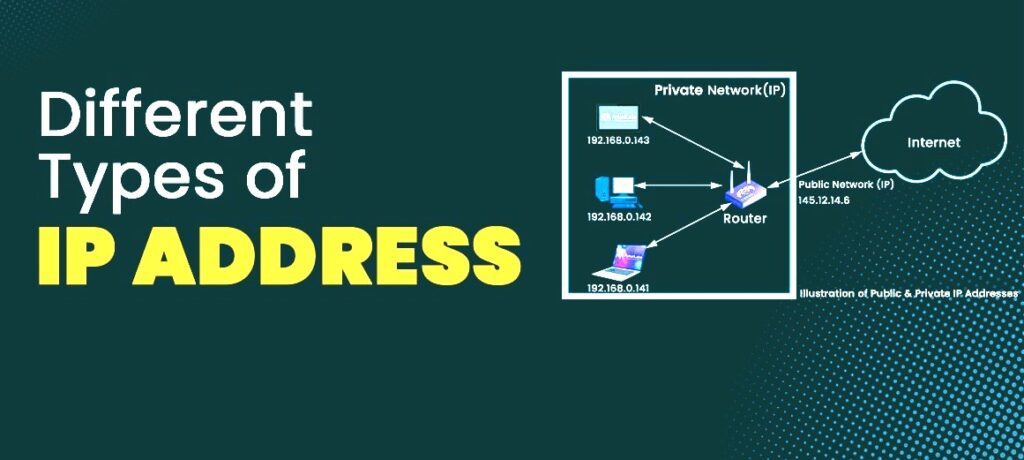
What is IPv4?
IPv4 (Internet Protocol version 4) is the fourth version of the Internet Protocol and the most widely used. It employs a 32-bit address system, which allows for approximately 4.3 billion unique addresses. These addresses are written in the format yyy.yyy.yyy.yyy, where each “yyy” is a number between 0 and 255 (for example, 192.168.0.1).
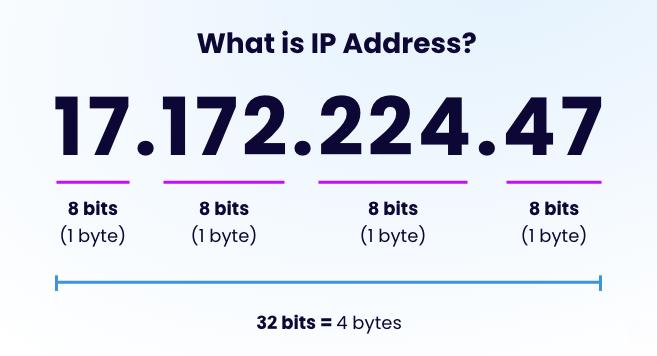
Advantages of IPv4:
- Widespread Adoption: IPv4 has been in use since the early days of the internet, meaning it is universally supported by all devices and networks.
- Simple Configuration: It’s straightforward to configure and manage, making it popular for small to medium-sized networks.
What is IPv6?
IPv6 (Internet Protocol version 6) is the successor to IPv4 and was created due to the exhaustion of IPv4 addresses. IPv6 uses a 128-bit address system, offering an astronomical number of unique addresses—around 340 undecillion addresses (that’s 340 followed by 36 zeroes). IPv6 addresses are written in hexadecimal and look something like this: 2001:0db8:85a3:0000:0000:8a2e:0370:7334.
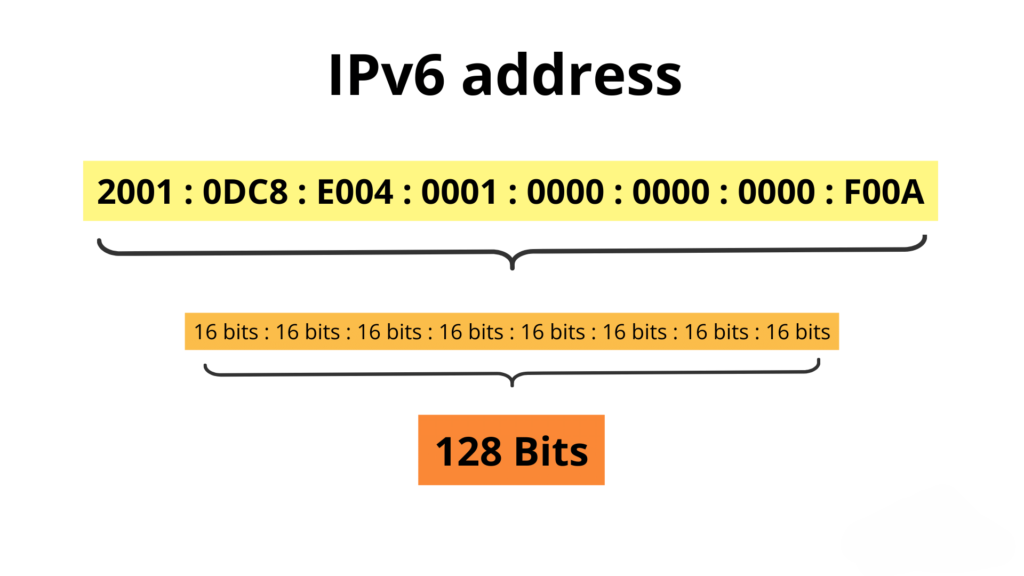
Advantages of IPv6:
- Larger Address Space: IPv6 offers exponentially more unique IP addresses, which is essential for the ever-expanding number of devices connecting to the internet.
- Improved Security: IPv6 comes with enhanced built-in security features, including mandatory IPsec (Internet Protocol Security) for encryption.
- Efficient Routing: IPv6 simplifies and improves the efficiency of data packet routing across the internet.
The Differences Between IPv4 and IPv6

Address Length:
- IPv4 uses 32-bit addresses (e.g., 192.168.1.1).
- IPv6 uses 128-bit addresses (e.g., 2001:0db8:85a3:0000:0000:8a2e:0370:7334).
- Address Capacity:
- IPv4 can support approximately 4.3 billion addresses.
- IPv6 can support a mind-boggling number of addresses, around 340 undecillion.
- Security:
- IPv4 relies on external security systems, like firewalls.
- IPv6 has built-in security features, such as IPsec.
- Address Configuration:
- IPv4 often requires manual configuration or DHCP (Dynamic Host Configuration Protocol).
- IPv6 offers automatic address configuration, making it easier to set up.
- Network Performance:
- IPv4’s limited address space can sometimes lead to network congestion.
- IPv6 offers more efficient routing and improved performance for larger networks.
Why is IPv6 Important for the Future?
As the number of devices connected to the internet continues to skyrocket, from smartphones and laptops to IoT (Internet of Things) devices, IPv6 becomes crucial. IPv4 is running out of available addresses, making IPv6 essential for accommodating the future of the internet. Its enhanced security and performance features also make it more suitable for the modern, interconnected world.
Conclusion
IP addresses are the backbone of the internet, enabling devices worldwide to communicate seamlessly. While IPv4 has served the internet faithfully for decades, the shift to IPv6 is necessary to meet the demands of a rapidly growing digital world. Understanding the differences between IPv4 and IPv6 and their advantages will help businesses and individuals navigate the future of internet connectivity more effectively.

